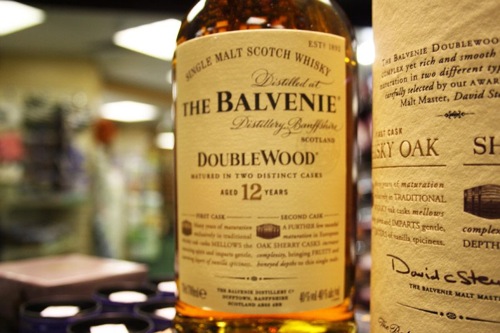 The late 1990s saw a trend towards “wood finishes,” in which fully matured whisky is moved from one barrel into another one that had previously aged a different type of alcohol (e.g., port, Madeira, rum, wine, etc.) to add the “finish.”
The late 1990s saw a trend towards “wood finishes,” in which fully matured whisky is moved from one barrel into another one that had previously aged a different type of alcohol (e.g., port, Madeira, rum, wine, etc.) to add the “finish.”
One sip and you maybe be overwhelmingly convinced that this is a very (very) good idea.
Or maybe that’s just us.
Many consumers, critics, and even distillers, frown on the practice as a gimmick to mask poor whisky. We can see that point, but respectfully don’t care.
It also doesn’t bother us that there are no standards for how long a whisky must be in the second cask to be considered a finish, nor how many uses a distiller can get out of the same cask.
Both of the above could be a problem for purists. But it just tastes so damn good.
New to wood finishes? Try Balvenie Doublewood, Glenmorangie Port Wood, Laphroaig Quarter Cask, or Dalmore Black Pearl. (“Double matured” and “cask enhanced,” by the way, are other phrases for wood finished.)
We think Mr. Whisky at mrwhisky.blogspot.com puts it best, “Think of finishes as experiments — something to try when you get bored.”
We’ll do.

